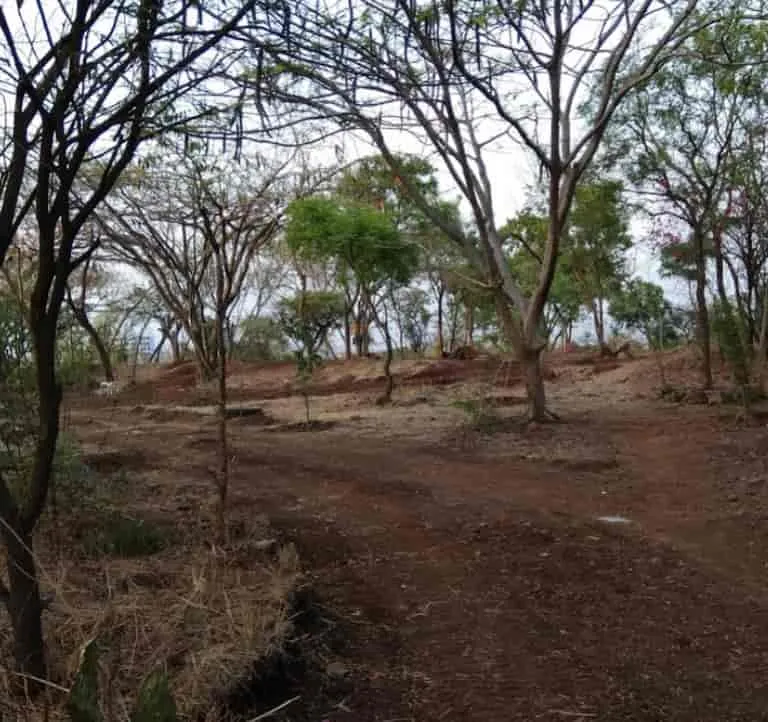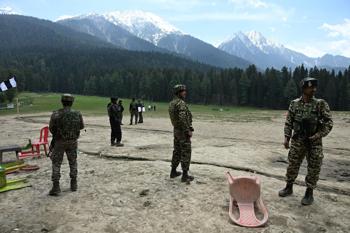Fires Threaten Pune’s Warje Urban Smriti Van
In the heart of Pune, where the cityscape gives way to the serenity of an urban forest, a growing crisis is unfolding. The lush green expanse of Warje’s Smriti Van, celebrated as one of India’s model urban forests, has fallen prey to a series of devastating fires. In just the past two weeks, these blazes have scorched over a hectare of this vital green lung, with a recent incident consuming nearly half a hectare in one tragic night.
The situation is alarming. Forest officials have attributed the fires to human mischief, suspecting individuals from nearby slums. A case has already been registered, underscoring the deliberate nature of this destruction. The motives behind these acts appear disturbingly personal, with hints of retaliation against forest department actions aimed at curbing encroachment and preserving this verdant sanctuary.
Smriti Van's journey has been one of triumph and tribulation. In June 2020, the Ministry of Environment, Forest and Climate Change (MoEFCC) designated it as a role model for urban forestry under a public-private partnership initiative. The Pune forest department, with funds from the Compensatory Afforestation Fund Management and Planning Authority (CAMPA), fortified the area with a six-inch-thick boundary wall. This wall was meant to shield the forest from harm, but recent events suggest it may no longer be enough.
On the ground, the devastation is palpable. Assistant Conservator of Forests, Deepak Pawar, detailed the firefighting efforts: “Our team acted swiftly to contain the flames, but the damage is extensive. Young trees, reaching heights of four feet, have been reduced to ashes.” These trees were more than just greenery; they symbolized years of dedicated conservation efforts and hope for a sustainable future.
The aftermath of the fires paints a grim picture. The blazes have ravaged approximately 15,000 trees, with 5,000 of them planted in the last three years as part of reforestation drives led by environmental organizations like Nisarga Seva Sanstha. Founder Kishor Moholkar highlighted a troubling trend—unauthorized gatherings in the forest, often marked by negligence and irresponsibility, further endangering the fragile ecosystem.
A chilling twist to the story emerged with the detention of an individual from Kothrud in connection with a previous fire. The motive? Possibly vengeance against measures taken by authorities to reclaim and protect the forest land. To exacerbate matters, the collected dry grass from ongoing maintenance work was used as fuel for these malicious fires, turning conservation efforts into unintended tinderboxes.
In response to these relentless attacks, the forest department is doubling down on its defense strategy. Plans are underway to raise the boundary wall to 10-11 feet, a significant increase from the current six-foot height. The department is also engaging with the Pune Municipal Corporation (PMC), seeking ₹80 lakh for this critical project and requesting manpower to patrol and safeguard the area.
Smriti Van is more than a forest—it is a symbol of collective commitment to urban ecological balance. These fires threaten not just the trees but the very idea of coexisting with nature in an urban setting. As authorities mobilize to protect this cherished green belt, the need for community vigilance and sustainable urban planning becomes more urgent than ever. Without swift action, Pune risks losing a treasure that future generations will sorely miss.









Leave a comment
0 comment